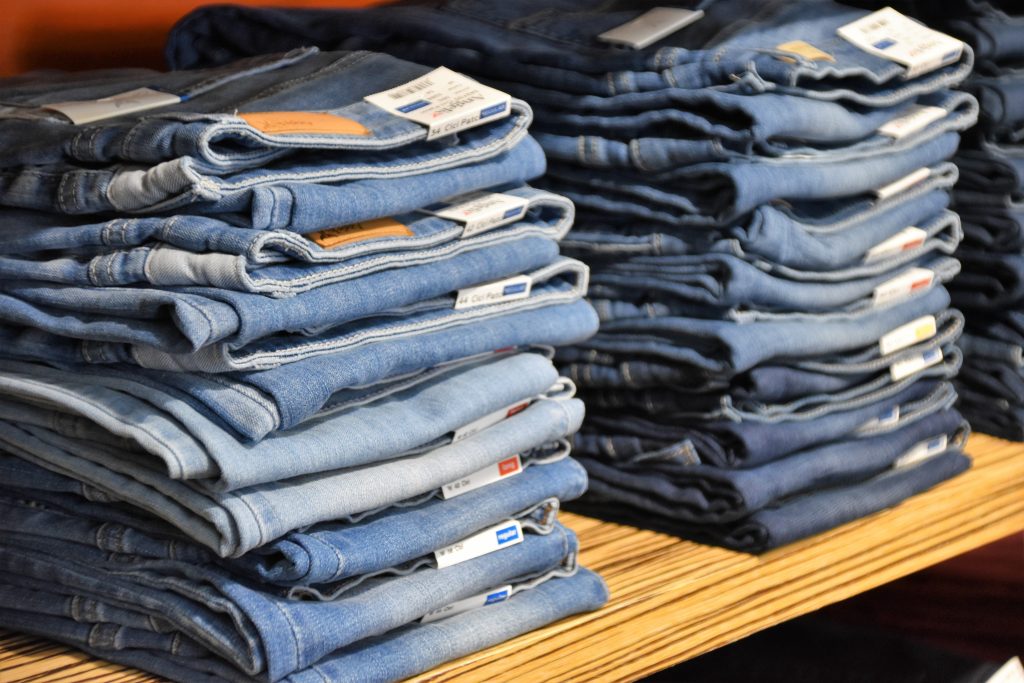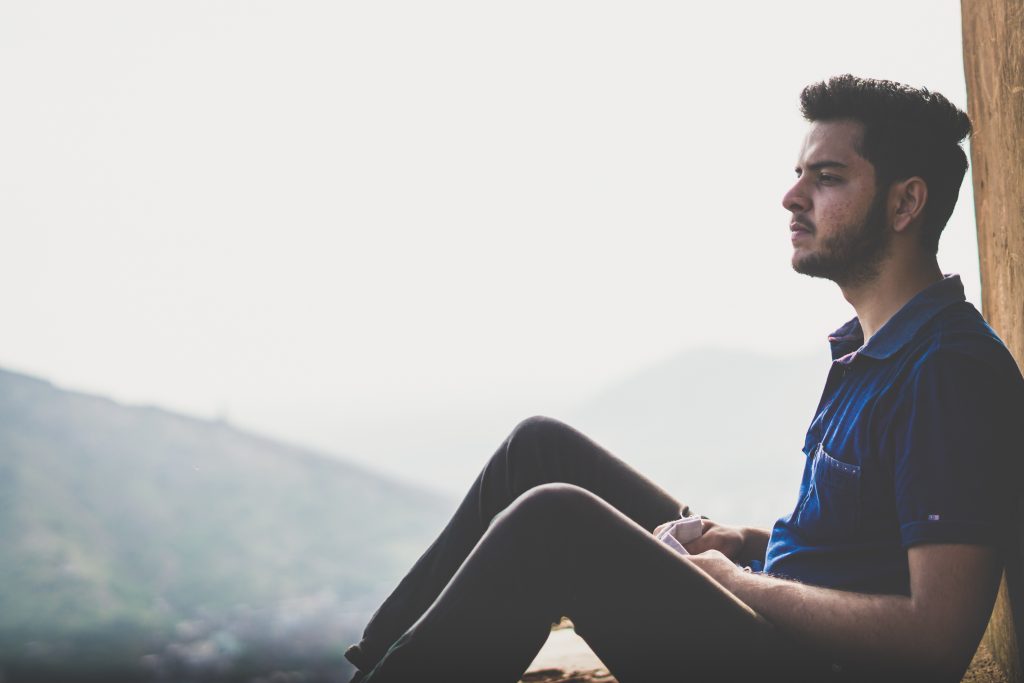Introduction
Trousers serve as indispensable wardrobe items for today’s man. But with the multitude of pants styles and fabrics available, it can seem daunting to build a well-rounded trousers collection.
From versatile chinos to refined suit pants, the options span the formality spectrum. Before stocking your closet, it helps to understand the nuances that distinguish trouser types.
This comprehensive guide will explore the full range of men’s trousers. Learn to recognize premium fabrics and construction. Discover flattering fits for your body type. Master seamless trouser and shirt pairing. With this knowledge, you can curate a trousers arsenal suitable for every occasion.
Read on to become a trousers connoisseur and elevate your legwear game. Let’s venture beyond basic jeans into the world of distinctive pants that make you look sharp while feeling comfortable.
Types of Trousers
Trousers primarily divide into two realms – dress trousers and casual pants. Within these categories exist diverse options.
Dress Trousers
Dress trousers provide a polished look for professional settings, formal occasions, and nights out. Varieties include:
- Wool – Wool dress slacks offer unmatched comfort, breathability, and wrinkle-resistance. Look for tropical weight wool for year-round wear.
- Cotton – Cotton dress trousers feel crisp yet cool. Choose high-quality stitching and durable natural fibers like pima or Egyptian cotton.
- Synthetic Blends – Polyester and man-made blends resist wrinkles and maintain structure. But they often sacrifice comfort and ventilation.
Casual Pants
Weekends and laidback activities call for versatile casual trousers. Popular options include:
- Chinos – Chinos’ twill cotton fabric offers masculine versatility across contexts from day hikes to dinner dates.
- Khakis – Khaki’s lightweight cotton canvas has a military heritage. The neutral tan shade mixes with any color.
- Jeans – Rugged denim jeans symbolize western Americana. Dark indigo and black washes suit casual cosmopolitan settings.
- Joggers – Drawstring joggers with tapered cuffs provide unparalleled comfort for exercise and leisure.
- Cargo Pants – Multi-pocket cargo pants in cotton canvas or nylon blends add storage and rugged flair.
Trouser Fabrication
Pay attention to the materials used to construct trousers:
Wool Suiting Fabrics
Suit pants made from wool flaunt unmatched pedigree thanks to the fiber’s airy comfort and structured drape. Super 100s and 120s wools denote the finest grades, while blends incorporate stretch.
Cotton Twills and Canvas
From dockers and chinos to duck cloth, twilled cotton offers affordable durability. Sturdy canvas consists of two plied yarns for strength. Herringbone and gabardine weaves add visual texture.
Synthetic Blends
Trousers blending wool, cotton, polyester, spandex, and nylon provide wrinkle resistance, stretch, breathability, and shape retention. But some synthetics sacrifice comfort.
Denim Jeans Fabrics
The ultimate casual fabric, denim is woven from cotton yarns in a twill construction. Raw selvedge denim provides superior durability. Stretch denim boosts comfort.
Stretch vs Non-Stretch
Spandex and other elastic fibers woven into trousers allow flexible movement. But non-stretch traditional trousers maintain their structure and resist ballooning when seated. Balance both.
Key Trouser Features
Details like pleats, pockets, and hems define individual trouser styles:
Pleats vs Flat Front
Pleated trousers offer more room through the hips and thighs. Flat front pants provide a streamlined silhouette. Choose based on fit preferences and body type.
Cuffed Hems vs Plain
Standard trouser hems finish cleanly with no break. Cuffs add dapper flair, showcase socks, and weigh pants so they drape properly.
Slant Pockets, Welt Pockets, Cargo Pockets
Set into the side seams, slant pockets represent the most common and discreet trouser pockets. Welt pockets with visible topstitching are sportier. Cargo pockets offer expansive storage.
Belts, Suspenders, Elastic Waists
Belts cinch waists for a tailored look. Suspenders prevent belt bulk under untucked shirts. Stretch waistbands with inner elastic provide ultimate comfort.
Tapered Leg, Straight Leg, Wide Leg
Tapered trousers slim down pants through the calf. Straight legs offer roomy versatility. Wide legs feel breezy in summer and work for formal suits.
Trouser Fits for Body Types
Seek trouser silhouettes aligned with your physique:
Slim Athletic Builds
Lean muscular frames shine in slim and tailored tapered trousers cut close through the hips and legs. Avoid any baggy bunching.
Stocky/Muscular Builds
Husky athletic guys need roomier classic and straight fit pants to move freely. Pleats and medium-to-wide legs prevent pulling across thighs.
Petite Frames
Short men should choose trouser lengths that sit near the tops of shoes without bunching. Opt for narrow leg openings to elongate your frame.
Tall/Lanky Builds
Gentlemen blessed with height look best in medium-to-wide leg pants. Trousers should reach the tops of shoes to anchor tall men. Pleats add bulk.
Proper Trouser Length
Nailing trouser length establishes polished style. Follow these guidelines:
Break Over Shoes
Trousers should “break” by gently draping over dress shoes in a medium to full break. Pants covering the whole shoe appear too long.
Cropping Styles
For casual flair, cropped pants ending at the ankle or just above work well. But dress trousers should mostly avoid aggressive cropping.
Heel Height and Pitch
Adjust trouser length based on your shoe heel height and toe box pitch. Formal shoes add height, while flats keep pants shorter.
Cuffs and Hem Finishes
Cuffs weigh down pants for a proper break. Plain hems without cuffs require exact tailoring to length. Leave room to alter.
Trouser Alterations and Tailoring
Custom trouser alterations optimize fit:
Hemming Pant Legs
Hemming to an ideal length is common. Request additional fabric inside longer hems to permit future lowering for shoe changes.
Tapering Legs
Narrowing baggy legs refines silhouette. But avoid over-tapering if thighs and calves are large.
Adjusting Waist Size
Expanding waistbands or installing side tabs provides abdominal breathing room if pants are too tight at the waist.
Reversing Pleats
Pleats pressed in the wrong direction appear messy. Ask tailors to properly re-crease inward and downward facing pleats.
Coordinating Trousers and Tops
Follow these pairing tips:
Matching Suits and Odd Jackets
Trousers and suit jackets made from the same fabric look cohesive. Odd jacket pairings allow more leeway.
Color, Pattern, and Texture
Match trouser and top colors closely for suits. Contrast casual separate colors. Coordinate patterns and alternate sheens.
Belts, Shoes, and Accessories
Belt leathers should match shoe colors. Expand trouser colors into accessories like socks and neckties.
Caring for Trousers
Keep trousers lookingsharp with proper care:
Washing
Use mild detergent in cold water and allow pants to air dry to prevent shrinkage and distortion of fabrics. Dry clean wool suits.
Drying
Lay flat or hang dress trousers smoothly using clips so they dry wrinkle-free. Tumble dry tough casual pants on low heat briefly.
Ironing
Always iron dress trousers inside-out. Use medium heat for cotton and wool; cool settings for synthetics and blends.
Stain Removal
Treat stains promptly. Lightly dab stain with small amounts of mild detergent and cool water. Never vigorously scrub fabric.
Protecting Creases
When hanging trousers, use clip hangers that grasp cuffs and prevent leg creases from flattening out.
Storing
After ironing, hang trousers fully buttoned and zipped to retain shape. Alternate wear between multiple pairs to prolong life.
Conclusion
Whether heading into the office or relaxing after hours, having a selection of trousers suited for every occasion ensures you look pulled-together. Follow these guidelines when shopping for pants and cultivating a well-rounded wardrobe. Invest wisely in fabrics and silhouettes flattering for your physique. With practice assembling winning combinations, you’ll always begin your outfits on the right foot.
FAQs
What is the most versatile trouser color?
For maximum versatility across settings from casual to dressy, a pair of flat-front chinos in tan or khaki works with any shirt or sweater hue.
Should I have my trousers custom tailored or buy off-the-rack?
Off-the-rack pants require minor tailoring for ideal fit. But for those far outside standard sizes, custom-made trousers prevent compromising on fit.
What fabrics are best for dress trousers in warm climates?
Look for dress trousers in lightweight tropical wools and breathable high-end cottons that resist wrinkles yet feel airy. Linen also works.
Can I pair dress pants with casual shirts?
Absolutely. Pairing dress trousers with untucked casual button-downs creates a sharp mix of polished and relaxed. Just coordinate colors and patterns.
Should trouser leg breaks always cover the whole shoe?
Not necessarily. Medium breaks hovering above the heel look sharp for suits and dress pants. Full breaks tend to appear old-fashioned now.



